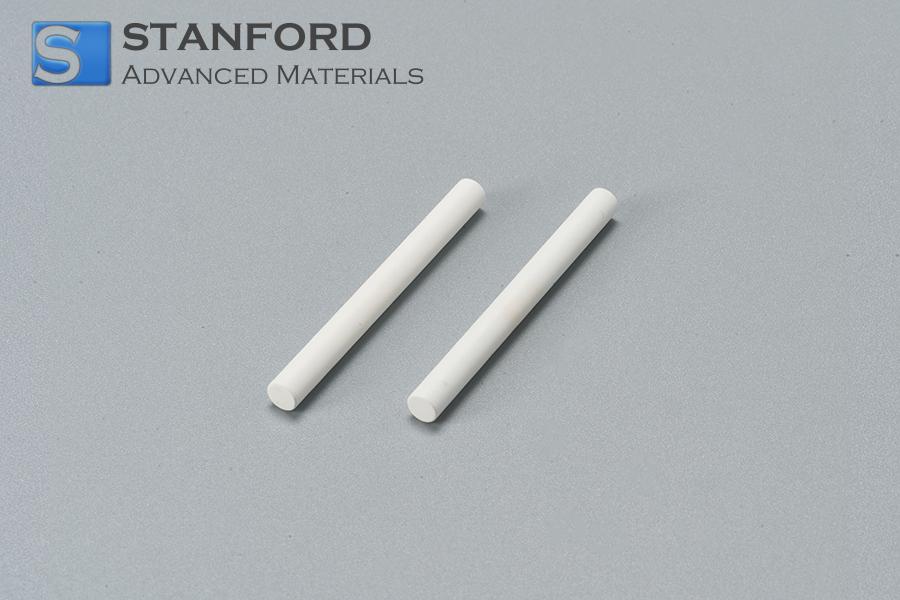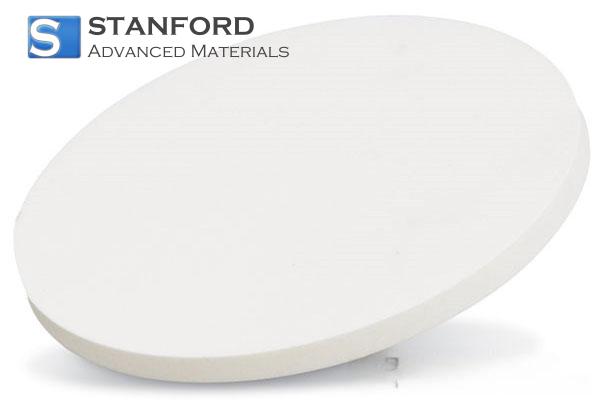Characteristics And Applications Of Silicon Carbide Ceramic Foam
Ceramic foam is a porous ceramic material that resembles foam. The primary materials used for its manufacture include ZrO2, Si3N4, Al2O3, SiC, etc. Among these, Silicon Carbide Ceramic Foam is in widespread use and is regarded as a candidate inorganic high-temperature material. In this article, we examine the properties and applications of Silicon Carbide Ceramic Foam.
![]()
Properties of Silicon Carbide Ceramic Foam
The development of Silicon Carbide Ceramic Foam began in the 1970s. As an inorganic, non-metallic filter material with numerous pores in its internal structure, it exhibits low density, high mechanical strength, thermal stability, corrosion resistance, ease of regeneration, extended service life and efficient filtration performance.
- Silicon Carbide Ceramic Foam can be sintered and densified at atmospheric pressure. It can be densified without the need for high pressures or an inert atmosphere, thereby reducing production costs.
- By adding appropriate sintering aids, the sintering temperature of the silicon carbide ceramic foam is reduced. During sintering under normal pressure, oxidation of SiC on the foam surface is diminished, thereby improving overall performance.
- The foam resists attack by acids and alkalis during liquid filtration and does not contaminate the filtered metal liquid. It may be reused without a reduction in filtration efficiency, thereby reducing operational costs.
- The material is readily machinable. It can be formed into the required shape by adjusting processing parameters.
Applications of Silicon Carbide Ceramic Foam
Catalyst Carrier
Silicon Carbide Ceramic Foam exhibits high porosity, enhanced thermal conductivity, considerable mechanical strength, and resistance to oxidation and corrosion. Its surface is irregular and contains many micropores. As a result, the contact area between different phases is increased.
These properties support the use of Silicon Carbide Ceramic Foam as a catalyst carrier, replacing conventional silicon dioxide, aluminium oxide ceramics and activated carbon.
Filter
Silicon Carbide Ceramic Foam demonstrates a low pressure drop, high heat resistance, capability to withstand thermal cycling and high separation efficiency for oil fumes. Consequently, it is a viable option for use in exhaust collectors of diesel engines.
Applications in Biology
Silicon Carbide Ceramic Foam has demonstrated biocompatibility and offers a controllable pore size. These characteristics make it suitable for repairing complex and load-bearing bone defects.
Sound Absorption Material
Owing to its network structure, Silicon Carbide Ceramic Foam can be employed for sound absorption and noise reduction.
Applications in the Chemical Industry
Silicon Carbide Ceramic Foam is applicable as a foam-structure packing and as a foam shell. It is used in steam generators, adiabatic high-pressure burners and radiant burners in the chemical industry, thereby improving the heat transfer coefficient and enhancing the combustion process.
Other Applications
Silicon Carbide Ceramic Foam is further utilised in materials for the heat treatment of electronic components, fluidised bed floor plates, humidifiers, water kettles and as microbial carriers.
Conclusion
Thank you for reading this article. We expect that it will contribute to a clearer understanding of the properties and applications of Silicon Carbide Ceramic Foam. If you wish to learn more about Silicon Carbide Ceramic Foam, we recommend that you visit Stanford Advanced Materials (SAM) for further information.
As a leading global supplier of Silicon Carbide Ceramic Foam, SAM has more than two decades of experience in manufacturing and distributing this material. SAM provides its customers with high-quality silicon carbide ceramic foam filters for their research and production requirements. We are confident that SAM will become your preferred supplier and business partner for silicon carbide ceramic foam.

 Bars
Bars
 Beads & Spheres
Beads & Spheres
 Bolts & Nuts
Bolts & Nuts
 Crucibles
Crucibles
 Discs
Discs
 Fibers & Fabrics
Fibers & Fabrics
 Films
Films
 Flake
Flake
 Foams
Foams
 Foil
Foil
 Granules
Granules
 Honeycombs
Honeycombs
 Ink
Ink
 Laminate
Laminate
 Lumps
Lumps
 Meshes
Meshes
 Metallised Film
Metallised Film
 Plate
Plate
 Powders
Powders
 Rod
Rod
 Sheets
Sheets
 Single Crystals
Single Crystals
 Sputtering Target
Sputtering Target
 Tubes
Tubes
 Washer
Washer
 Wires
Wires
 Converters & Calculators
Converters & Calculators
 Write for Us
Write for Us





 Chin Trento
Chin Trento


